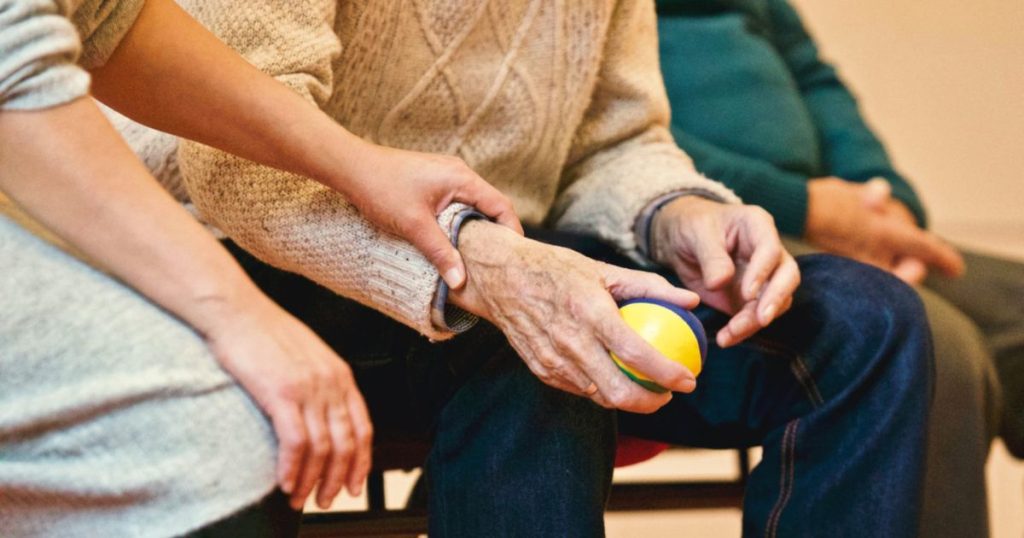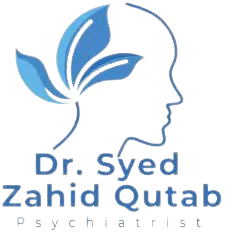Panic attacks are sudden and overpowering; they can be unpredictable and happen at any time. They often lead to impending doom, dread, and terror. The most common form of a panic attack is the sudden onset of intense fear or anxiety that peaks within minutes and then goes away. This type of attack is called a panic attack because it feels like you’re going to die or lose control. A panic attack may also be called acute stress disorder or anxiety disorder.

Tips To help you through a panic attack
Panic attacks are sudden and intense bouts of fear, anxiety, and physical symptoms of impending or imagined danger. Panic attack treatments are not dangerous, but they can cause significant distress in people’s lives. They are often triggered by stressors such as job loss, the death of a loved one, financial problems, or physical illness.
Panic attacks can be a challenging experience to manage. They can cause feelings of helplessness, frustration, and confusion. But there are ways to reduce anxiety and stop panic attacks if they do occur.
What is the best way to get through a panic attack?
Panic attacks are the most common type of anxiety disorder. They can have a variety of triggers, such as a physical illness, an unexpected event, or even a situation that you feel is out of your control. The best way to get through panic attacks is to practice breathing techniques and take deep breaths. You should also try talking yourself through the attack and focus on what your body is telling you. It’s important to remember that panic attacks will pass and that it’s okay not to be okay during these moments. Panic attacks can make you feel trapped in a world where nothing makes sense, and you feel like there is no way out. Knowing how best to deal with them can be difficult because they are so unpredictable, but if you keep these tips in mind, they can help ease some of the intensity.
Physical And Emotional Symptoms Associated With Panic Attacks
People who suffer from panic attacks experience various physical and emotional symptoms. These symptoms can range from mild to severe, depending on how long and often the spell lasts.
The most common physical symptom is sweating. People need to understand that the severity of their symptoms does not indicate the severity of their panic attacks. Sweating can accompany rapid breathing, a racing heartbeat, sweating, dizziness, and nausea.
Some people also experience difficulty in thinking clearly or concentrating on tasks. Others may feel like they are going crazy and having thoughts of suicide or self-harm.
Panic attacks can cause various emotional symptoms, such as fear and anxiety. These symptoms often lead to intense, repetitive worrying.
This is a symptom of panic attacks that may create feelings of fear and anxiety. The anxiousness you feel before the panic attack can lead to an impending doom feeling that may last for days or weeks after the attack is over.
Three Ways to Deal with a Panic Attack

When an individual has a panic attack, they may experience rapid breathing, chest tightness, and dizziness. These symptoms can make it difficult for the person to take deep breaths and regain control of their body. But there are ways to help regain control and reduce Panic attack treatment.
Deep Breathing
Deep breathing is one technique that helps reduce anxiety and promote relaxation in individuals struggling with panic attacks. When you are feeling anxious or overwhelmed, it can be helpful to take deep breaths to relax your body. It can also be beneficial to focus on your breath as you inhale slowly through your nose for four seconds and exhale slowly through your mouth for four seconds. Repeat this exercise three times
Find A Peaceful Place
Sights and sounds can intensify panic attacks. You may want to leave a busy room or take a break from work if you feel too intense for yourself. One way to regain control is by leaving the place where you feel panicked and going to a peaceful spot with few people around. You should also focus on relaxing your muscles by taking deep breaths or using other calming techniques until the panic subsides.
5-4-3-2-1 Method
The 5-4-3-2-1 Method is a grounding technique that helps people reduce panic attack symptoms. It is a type of mindfulness that takes approximately reduces panic attack symptoms in many different situations, such as when you feel anxious, overwhelmed, or when you are in public.
One of the most common ways this technique works is by helping the person direct their focus away from sources of stress. This means they will not be able to focus on what they are afraid of or what makes them anxious. Follow these steps to practice this technique:
- Look for five objects. Concentrate and think about them for a while.
- Listen for four sounds. Think about where they are coming from and what makes them different.
- Touch and feel three objects. Feel their texture and temperature and what benefits they may have.
- Identify two different smells around you. It could be the smell of anything, flowers around you, coffee, or even detergent.
- Taste one thing. Notice its taste in your mouth and think about how it tastes.
When Is It Time To Seek Help?

There are many reasons why people seek professional help. Sometimes they need someone to talk to about their condition and just want a professional opinion and a way out. If you are experiencing recurring anxiety or panic attacks, it is best to seek help from a professional. They can provide you with different treatment options and also offer support during the process of recovery.
Recurring attacks can be an indication of panic disorder. This is a condition where fear or anxiety becomes overwhelming and causes recurrent panic attacks that make it difficult for the person to function normally in their daily life. The most common type of anxiety attack is panic disorder. While the condition can be treated with medication, therapy, and lifestyle changes, it is essential to seek help from a healthcare professional when an attack is affecting your life or you cannot calm down on your own.
Dr. Syed Zahid Qutub is one of Pakistan’s most renowned mental health professionals. His approach to treatment is unique as he uses a traditional and unique combination of psychotherapy and counseling with modern techniques and cutting-edge technology.
Here at Dr. Qutub, we believe in being different. We offer a state-of-the-art treatment plan to any patient without discriminating against their financial status or background. Our approach is also holistic, meaning we can support your family during this difficult time.
As a result of our experience, methods, and treatment plans, we have helped thousands of people overcome their mental health issues and live happier lives.
